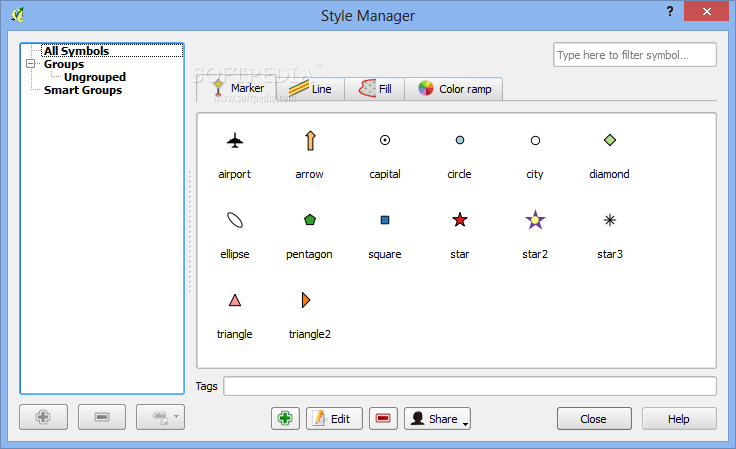


India has an advanced national capacity in Earth Observation (EO) and also has a vast nation-wide imagery data base at different spatial resolutions enjoys a good survey capability with topographic maps available for the entire country and is acknowledged for her capacity to design and develop Information Technology (IT) solutions for various applications and services. Our study demonstrated the importance of integrating geospatial and MCDM analysis for a robust coastal vulnerability assessment in determining the hazard proneness of different coastal segments. The coastal risk analysis made using the geometric interval classification of the entire range of CVI values indicated that more than a third of the Kozhikode coast is under high risk to coastal hazards. These data were then processed to calculate the coastal vulnerability index (CVI), which ranged between 0.06 and 0.44 for the study area with higher CVI values indicating higher risk of hazards. Weighted analysis of these variables and their subunits was performed using the analytical hierarchical method. Data on five physical variables: geomorphology, coastal slope, shoreline change history, spring tide range and significant wave height were extracted from the optical and microwave remote sensing images, existing maps and GIS processing for the 78-km-long coastal zone of Kozhikode district, which was taken as a case study. In this study, we assessed coastal vulnerability using the multi-criteria decision making (MCDM) method in conjunction with geospatial applications. Climate change-induced marine hazards are increasingly threatening coastal zones, with a two-fold increase in the last decade.


 0 kommentar(er)
0 kommentar(er)
